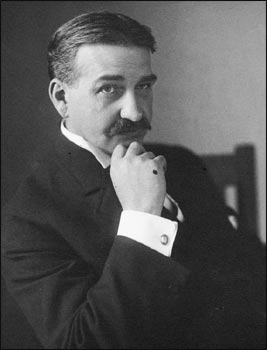This month marks the centenary of Patricia Highsmith's birth so I recently rewatched Hitchcock's 'Strangers on a Train'. I also read Amanda Craig's most recent novel “The Golden Rule” as its plot is a modern interpretation of this classic Highsmith story. However, instead of two men meeting by chance, Craig's novel begins with two women from different social classes meeting on a train to Cornwall. Hannah is a single mother who is struggling to pay the rent in London and travelling back to her childhood home as her mother is dying of cancer. Here she encounters Jinni who invites Hannah to join her in the first class carriage and instantly wins her over with her glamorous demeanour and sympathetic story about her horrid husband who has left bruises on her arm. After a few glasses of wine and having a long intimate chat about their estranged abusive husbands they hatch a plan to dispose of each other's wicked spouses. It's a simple plan, but murder is never simple or easy.
As with Highsmith's story, Craig atmospherically builds the tension and complications of actually executing a plan like this but she also says something larger about class and economic divisions in England. Hannah is an enterprising, clever woman who has been dragged down by a bad marriage and the responsibility of having a child while she's young. Endearingly, she's also a devout bookworm who has always clung to novels for inspiration, guidance and solace. But any reading time or career prospects are smothered by the drudgery of the cleaning jobs she must take in order to feed her family as her estranged husband continuously fails to provide the required financial support. I felt for her struggle but also her indignation at how people with money fail to understand how truly desperate someone without any money can become. She's an extremely sympathetic character and I grew to really care about her as she discovers things are much more complicated than they seem when she journeys to find Jinni's husband.
Another inspiration for this novel was the French fairy tale “Beauty and the Beast”. Imagery and themes are enjoyably worked throughout the plot. However, an issue with having such direct influences is that certain aspects of the story become exaggerated in a way that detracts from the overall impact. Craig is a smart, well-read novelist who has meaningful things to say about today's society and marginalized groups in modern-day England, but sometimes the flourishes used to nod towards classic stories and larger concepts become intrusively theatrical. Despite these occasional distractions, there are many intriguing arguments and ideas incorporated into this story. I especially enjoyed debates which are had about the nature of storytelling between novel reader Hannah and gaming programmer Stan. Overall, this is a wonderfully engaging book full of intriguing suspense that moving depicts the tangled dynamics of current sexual and social politics.


















